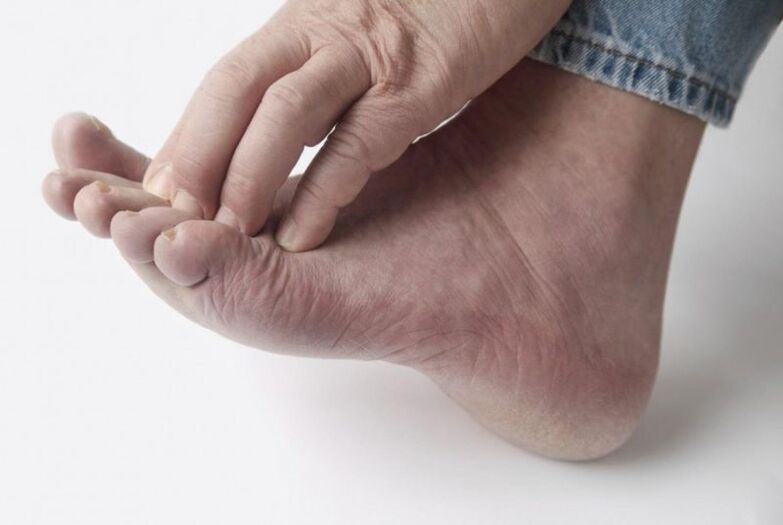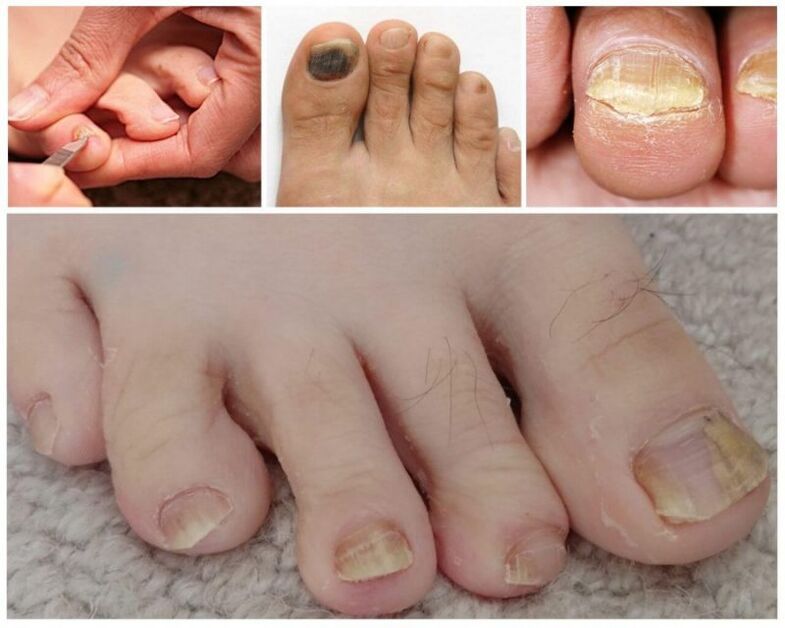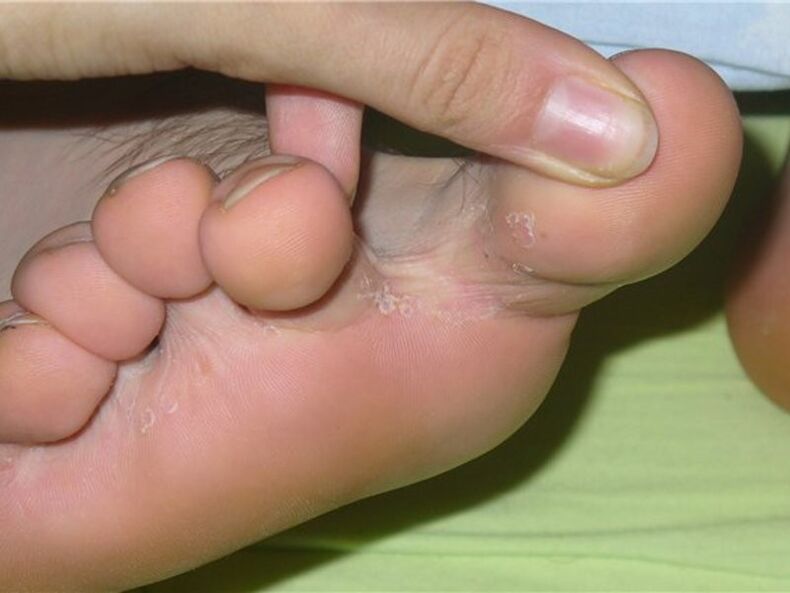Mushroom infections manifest themselves in different ways and can influence a number of organs and parts of the body.The most common look is the fungus of the legs.The spread of the infection is individual in each individual case and depends on a number of factors: the resistance to the immune system such as pathogens and lifestyle and age of the patient.

In addition, the concept of the leg fungus can be expanded because the disease can touch the foot, fingers or the space between you or the nail plate.In every single case there are individual effective options for combating the mushroom.
The main symptoms of a fungal infection
Before the start of the treatment, it is necessary to diagnose the disease precisely.In some cases, the therapy remains useless for a long time because the symptoms of fungal infections are similar to the manifestations of psoriasis or bacterial infections (streptococci, staphylococcal infections).
The best option to determine the disease is a laboratory analysis of the separate or a skin piece (nail) on the lesion.This method not only makes it possible to eliminate a certain pathogen, but also to determine its sensitivity to the or other medication.
If there is no way to visit the laboratory, you can see a photo of the mushroom on the Internet on the Internet and compare it with your case.
Signs of the disease
You also need to know his main features:

- Itching;
- Peel the skin;
- The appearance of small cracks;
- wet wounds;
- Combustion;
- Painful sensation in palpation or walking;
- specific smell of lazy ones;
- The appearance of thickened skin.
Depending on the stage of the fungus, damage to the nail plate can be observed on the legs:
- Change or stains;
- Thickening along the edge;
- Detachment;
- Deformation;
- Distance of the pus.
In the last, neglected phase, you can observe the fully wipe of the nail.In this case, the treatment does not guarantee that the new nail has a normal aesthetic form.
This leads to the occurrence of the mushroom
Nobody is safe before an infection with fungal infection.As a rule, several basic causes of the appearance of the mushroom are differentiated on the legs, among which factors from the human environment and the internal processes in the body.
But as a rule, the disease is felt to itself, if several triggers interact with each other, they can be attributed to them:

- the same pair of shoes in the long term;
- Visiting public baths, saunas, pools;
- Infection caused by pedicure instruments;
- Use of the shoes or socks of other people;
- a long time of antibiotics treatment;
- Violation of the integrity of the skin;
- Seasonal decrease in immunity or against the background of HIV.
Risk group
There are also risk groups of people who are exposed to fungal infections:
- Patients with endocrine disorders (diabetics, patients with thyroid diseases);
- People with excess weight;
- Sweet lover;
- Infants for artificial feeding.
Treatment of mushroom
To avoid relapses, doctors recommend using complex therapy, ie medication directly in the damage zone and inside.How to treat the mushroom on the legs mainly depends on the stage of its spread.
In advanced cases, drug therapy often turns out to be powerless and painful foot of the foot is cut by a surgical method.Therefore, it is important to start treatment as early as possible with the occurrence of the first symptoms.
In order to understand how you can effectively combat the mushroom at home, you must remember the following rules:
- Under no circumstances do not occupy antibiotics;
- You cannot remove the dead areas independently and try to remove pus (such procedures should only be carried out under the sterile conditions of the clinic).
- You cannot use cosmetics (decorative nail polish, peeling, moisturizing creams for stop)
- It is strictly forbidden to make a salon pedicure (medically).
Traditional treatment methods

Traditional therapeutic methods indicate the use of antifungal external medication, tablets, immunosimulation and paint from the fungus.
The treatment is carried out for a long time and usually takes a few weeks after all symptoms of the disease have disappeared.
In cases in which the athlete's foot is observed, antifungals are only used after the keratized cell layer is removed.
This procedure must be carried out very carefully so that the cells of the infected epithelium do not spread into the air, to furniture and clothing.
The keratized areas are removed with special tools that make the skin soft.First, after applying the ointment, the leg must be kept in hot water and leave it (3-4 hours) for a while.
Some of the above medication can cause allergic reactions.In the case of the latter, doctors prescribe antihistamines (anti -allergic).


















